This is part two of a series of travelogue style episodes to walk you through my recent visit to Namibia, co-hosting an amazing photography tour with my friend Jeremy Woodhouse.
We pick up the trail on the morning of August 13, as we return to the abandoned diamond mine town of Kolmanskop. We visited this location on the afternoon of the previous day too, as we saw in episode 486, so these are the remaining images from the following day.
Kolmanskop – Abandoned Diamond Mine Village
I’ve ended up with 33 final selects from Kolmanskop, so we’re looking at about a third of them in these two episodes. As I mentioned last week, I used the new Canon EF 11-24mm f/4 L lens a lot at this location, and really enjoyed this centralized one-point perspective that Stanley Kubrick uses extensively in his movies to create tension and drama, as I’ve done in this photograph (below).
For this photo (above) I’d zoomed in a little to 13mm, and with an aperture of f/14 exposed this for 1 second at ISO 100. That should give you an idea of how much available light there is in these rooms. I’m not concerned about over exposing the scene through the window, although I do try leave the slats in the window visible when possible.
This enables me to get a relatively well lit room from that single light source, and there is still a bit of detail in the shadows as well. In fact, I have darkened down the shadows by reducing the Blacks slider in Lightroom a little and increasing the Clarity slider, which also darkens the shadows a little. This adds to the drama of the image in my opinion.
For this next photo (below) I switched to my 24-70mm at shot this at 59mm, as I wanted to show the crack in the wall through this doorway in a room full of sand. The buildings at Kolmanskop are all falling rapidly into a state of decay that will probably make them inaccessible quite soon over the next few years.
I shot this with an exposure of 1/4 of a second at f/14, ISO 100. This image shows how the walls are being pushed out by the pressure of the sand that has built up, but there are now many buildings where the walls have given way, and fallen outwards.
There are also a number of rooms where the floor has fallen through under the weight of the sand. Needless to say, as photographers, we enter all of these buildings at our own risk.
Here (right) is another room that had very low ambient light, requiring an exposure of 6 seconds at f/14, ISO 100.
This shows some large boiling pots and the oven to heat them in the butchers for the mining town. I have a landscape orientation version of this scene as well, which I also like, but this vertical orientation shows how the roof is starting to fall away, giving more context to the oven, which doesn’t look that bad without the roof, although you probably wouldn’t want to boil a batch of sausages in there at this point in time.
I managed to totally miss this room on my first visit in 2013, although I’m not sure how, but I was happy to find it this time around. It’s easy to spend a full day just walking from building to building, capturing its mood and atmosphere as best as you can.
The mood changes with the time of day as the angle of light entering the rooms changes, so it’s nice to spend time in the village at both ends of the day, to capture the many different faces that it presents us with.
This next building is just along from the Butchers, and looks like some kind of workshop (below). Again, I’ve used the one-point perspective here, with all lines leading to a vanishing point in the very center of the frame. At 12mm, I was also able to include part of the decaying roof here too, which I feel adds to the overall atmosphere of the scene.
As is often the case, I was actually standing in the doorway here, blocking out some of the only natural light entering the room, but this also helps to reduce the contrast, so I don’t try to work around this. The result was an exposure of 0.8 seconds at f/14, ISO 100.
You’ve probably noticed that I shoot at f/14 a lot. This is to maximize depth-of-field without the affects of diffraction making everything soft, which starts to happen from around f/16, and becomes quite a problem at f/22, although this varies depending on the lens. Of course, at 12mm, I have a very deep depth of field from just a few feet in front of the lens, even with an aperture of say f/8, so I could go wider on the aperture, but with a good tripod to hold everything steady, the longer exposures aren’t a problem either, so I tend to stay stopped down at f/14 a lot.
The long time listeners among you will also notice that this shot is almost a replication of my photo of the same room from 2013, although this is a little bit wider. To be honest, to a certain degree I was reshooting images that I got with my 5D Mark III, with the 5Ds R. The amount of detail in the 50 megapixel 5Ds R images is incredible, so whenever possible I’m going to be reshooting old favorites, but of course at the same time, trying to stay open to the creativity of Martin 2015, and not limit myself to what I was capable of as Martin, version 2013.
This next image (below) was the second visit to this building on this trip, and I decided to include the hooks on the wall more prominently here, as they’d caught my eye on both visits. I don’t know why, but they really appeal to me. Perhaps it’s because they give us a firm hint that people really lived here until until the town was abandoned in 1954 when the diamond field was mostly depleted. This was shot at 1.3 seconds, again at f/14, ISO 100.
Another building that I don’t recall going inside on my 2013 visit, was the hospital. This was another eerie building, with room after room along the very long corridor. I decided to have some fun here, and asked Ardwin, who I was shooting with, to walk down the corridor, then go into one of the rooms until I counted down to three, then he came out and started to walk towards me down the corridor.
It took a few takes to get the affect I was after, but if you look closely in the above photograph, you can see an eerie shadow in the center of the corridor. We needed to have Ardwin stay in a side room until for the first second of the 3.2 second exposure, so that the light from the end of the corridor would start to be recorded in the image, as that is stronger than the shadow that his figure created as he walked for a further two seconds.
I was using a two second timer to start my exposure, so I just started counting down “three, two, one…” and started my timer just after I started to count, so the exposure started just before Ardwin came out of the room, for this fun, and somewhat eerie affect.
There is one building at Kolmanskop that I failed to shoot at its peak on my first visit, and that is the room that we can see in this image (below).
This is a room where the time of day that you shoot it is vitally important. I remember coming here at the end of the day on my first visit, an at that time, all you get in the light from the roof slats on the back wall.
At noon though, the light falls not only on the back wall, but also the right side wall and the floor. This, accompanied by the light coming directly through the roof slats, results in a very disorienting affect.
At first glance, it’s difficult to even figure out what you are looking at. My wife couldn’t figure this out for a while, even after I’d told her what it is.
Whether you consider that a good thing or a bad thing is up to you, but I love creating images that throw the viewer into a state of confusion, just for a short while. Of course, I want the viewer to get what it is after a while, and hopefully enjoy the image.
I shot this last image at 11:50 am, and then we made our way down to the carp park, to regroup, as we were going to spend the afternoon at another abandoned mine town, at a place called Elizabeth Bay.
Elizabeth Bay – Abandoned Diamond Mine Village
The Elizabeth Bay mine town is actually very close to a real diamond mine that has been reopened, so we had to go through rigorous security checks as we were allowed in, and out of course. We were escorted to the town by a guide, and some of the group were actually frisked during the outbound security checks, to ensure that we weren’t trying to smuggle out any diamonds that we might have found. This was quite an experience in itself.
When we got up to the mine, about a thirty minute drive from Kolmanskop, we were treated with a different kind of external decay and erosion, that we’ll look at in the last photo for today, after the next two images.
This photo (below) is of a room in the town, that some of you may recognize from the cover of a Freeman Patterson book called Odysseys. I shot a photo pretty much from the same angle as Freeman Patterson’s image too, but chose to share this angle, as the other image feels a little bit plagiaristic.
Our guide told us the story behind the painted palm trees in this room. Apparently the person who lived here was getting lonely, and told potential suitors in Europe that if they married him, they would get to sleep under palm trees in Africa. I’m not sure how well this went down, but apart from the palm trees, the scene painted on the wall is very much like the view of Elizabeth Bay that you can see in that direction from outside the building.
Right at the end of the town, is the large building that we can see here (below). I’m not sure what this building is, although there are a number of stoves or kiln-like structures, so maybe it’s a large kitchen building. I shot this at 1/6 of a second at f/14, ISO 100, with a focal length of 13mm, and yes, once again with the one-point perspective.
This was actually one of just two or three buildings where I shot multiple exposures, with a few frames exposed for the outside light, but having tried an HDR of this, and almost immediately throwing up, I decided to stick with this version. I don’t mind looking at nicely done HDR images from other photographers, but it really isn’t for me.
OK, so this (below) is the last image for today, and the one that I mentioned earlier, that shows us how this town is decaying differently to Kolmanskop. Here, the salty wind from the sea and sand blown around the town, is decaying the building at an alarming rate. The town was abandoned in 1998 from what I can learn online, and yet most of the buildings are already collapsed, many with just pillars of the cement that used to hold the bricks together, although the bricks themselves have completely eroded away.
This was of course a straight outdoor shot, with an exposure of 1/100 at f/14, ISO 100. I shot this at 11mm, to emphasize the pile of rubble in front of the building. Because the sun was only just out of the frame to the right, and the built-in lens hood on the 11-24mm lens is relatively shallow, I was holding my hand between the sun and the front element of the lens to stop a few balls of lens flare that I could see in the image in Live View, on the LCD of my camera.
OK, so that brings us to the end of this episode. We’ll pick up the trail again next week, as we arrive in the Sossusvlei area, to photograph those magnificent red dunes, and the incredible Deadvlei, with it’s dead camel-thorn trees silhouetted against the background dune in the morning light.
The 5DayDeal is Back!
Remember that amazing 5DayDeal Complete Photography Bundle that I talked about last year? Well, they’re doing it again, and this bundle is as awesome as ever! I can’t say any more at this point, other than this year’s sale is from Sept 10 to 15, so don’t miss it!
Rather than just waiting for the sale to start, you can sign up here, for a chance to win a prize from a pool totaling more than $50,000 in value! Click here or the graphic below to enter the draw!
Also, if you arrive here between Sept 10 and 15, just click below to pick up your Complete Photography Bundle. If you arrive after September 15, sorry. This particular bundle will be gone forever. If you sign up for my newsletters though, I’ll be sure to let you know when the next one happens.
Show Notes
Music by the Staff of the Kulala Lodge in Sossusvlei – Thank you!
Subscribe in iTunes for Enhanced Podcasts delivered automatically to your computer.
Download this Podcast in MP3 format (Audio Only).
Download this Podcast in Enhanced Podcast M4A format. This requires Apple iTunes or Quicktime to view/listen.

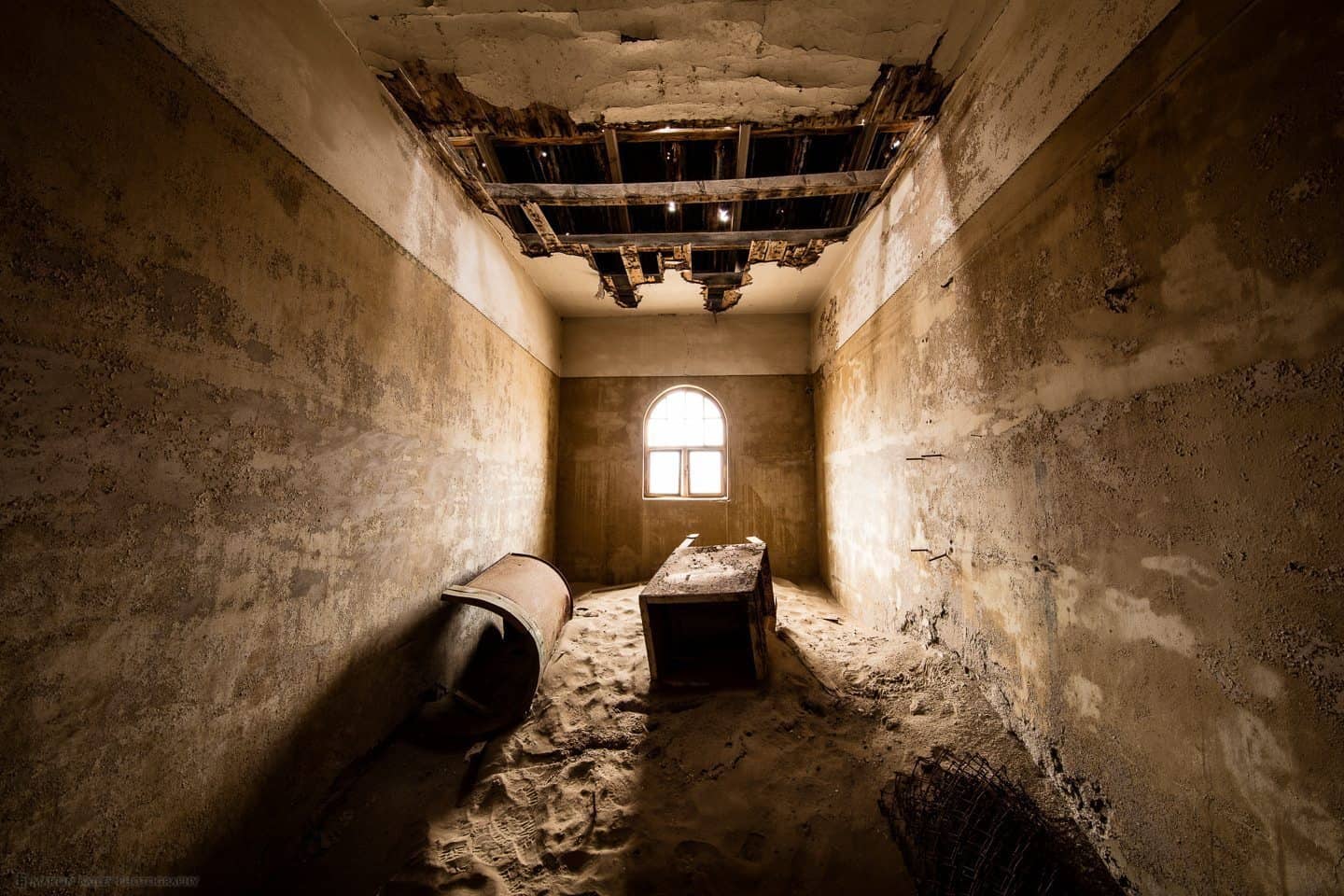
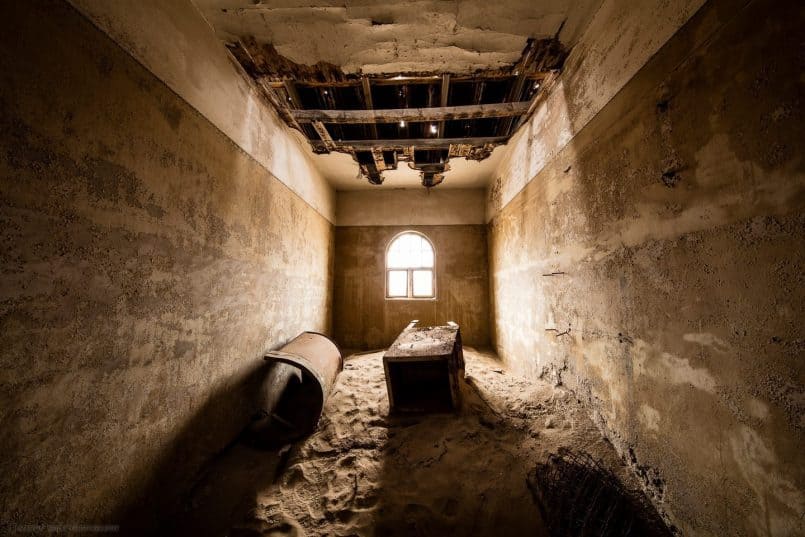
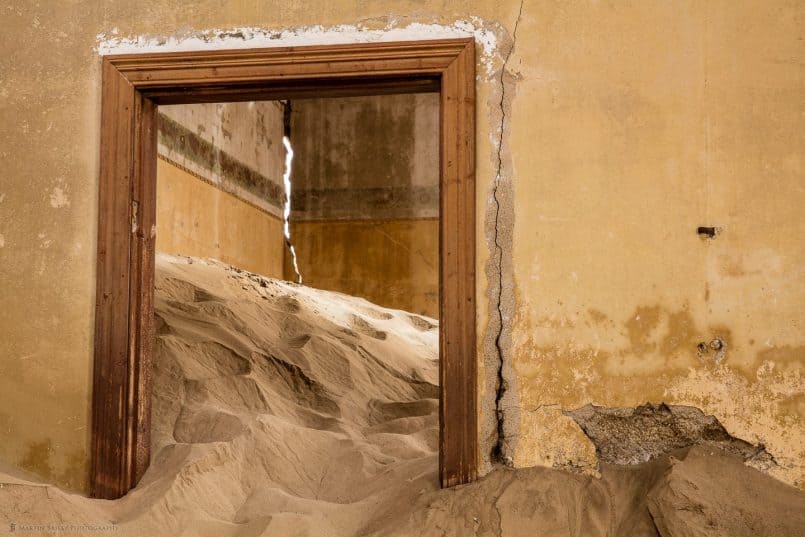
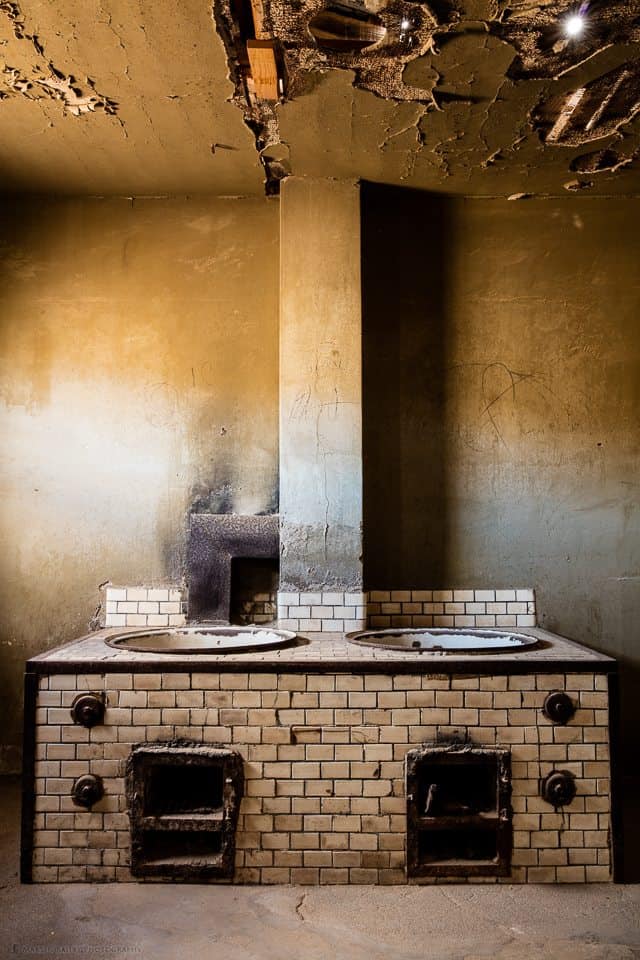
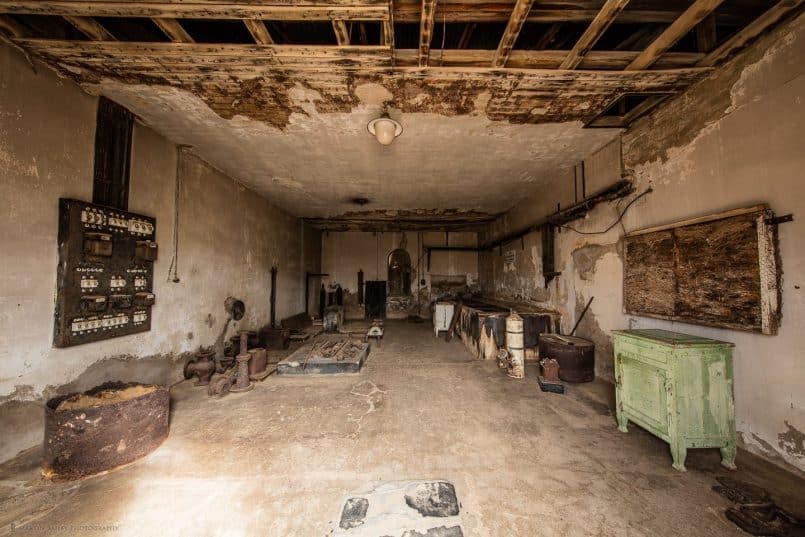

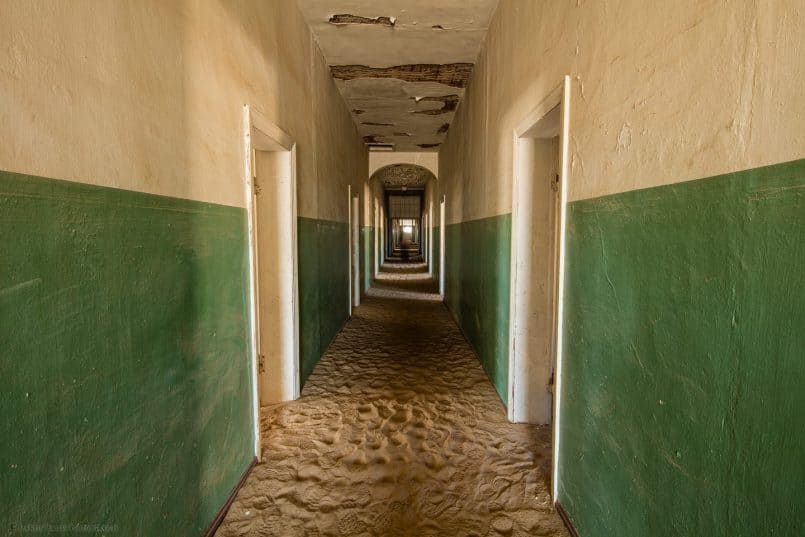
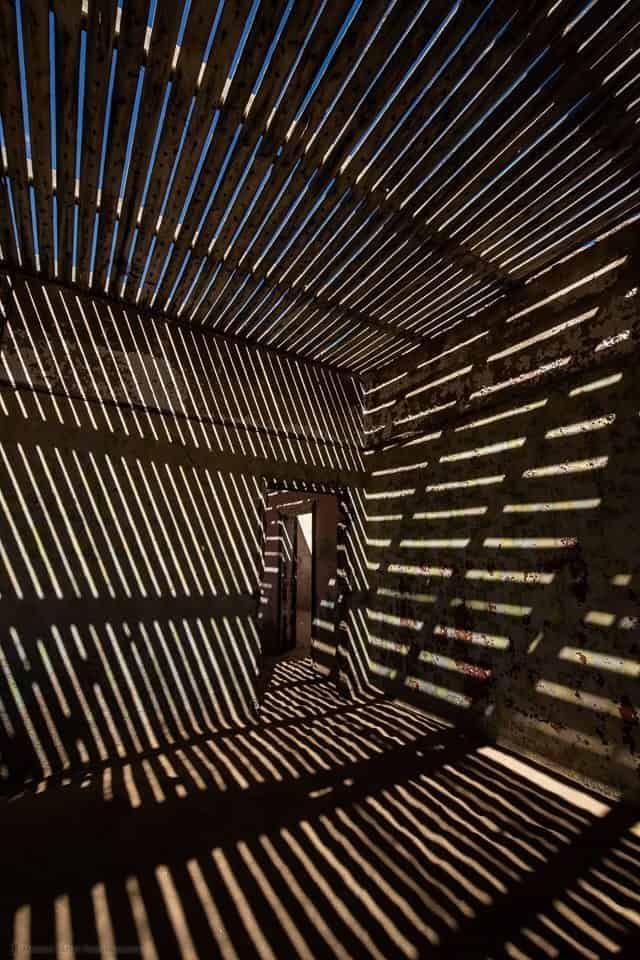
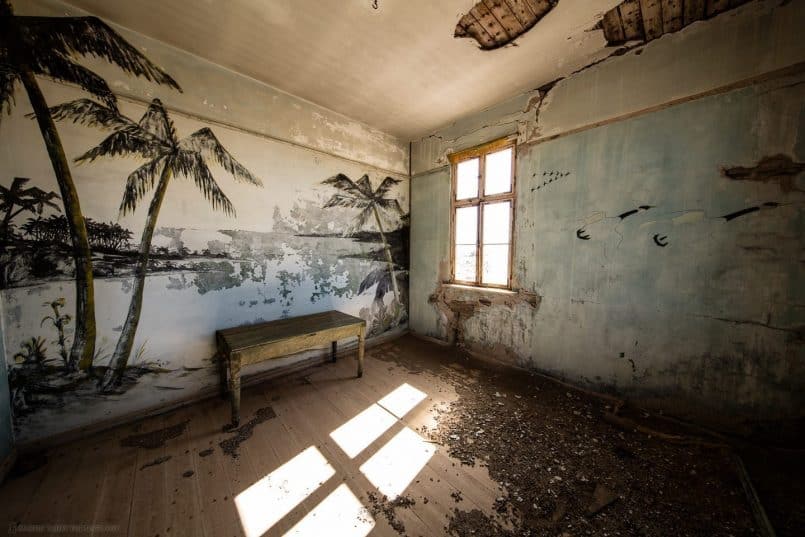
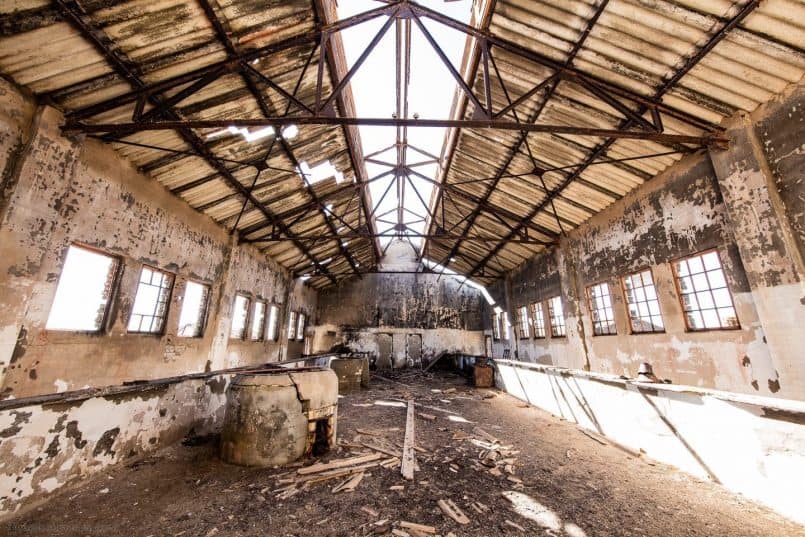
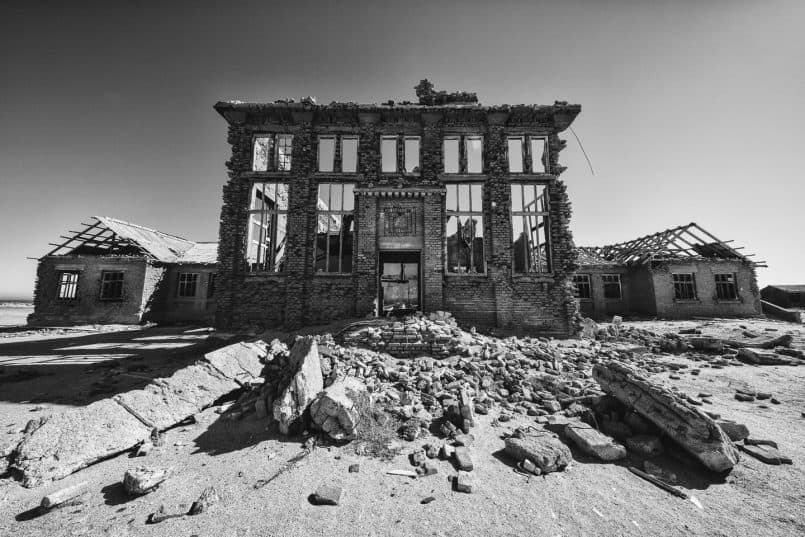


0 Comments